Although my original intention was simply to make supper one evening using kale I had purchased that week, my search for a recipe led to research about the popularity of this now ubiquitous vegetable. Since it’s both the darling and devil of the food world the results on Google seemed limitless in variety as well as quantity.
Kale is a hardy member of the cabbage family, tasting better and sweeter in the cooler months of the year. Once upon a time many Americans only knew it as a lighter green, frilly garnish, an alternative to the dark green, frilly parsley garnish. Or perhaps they grew it in their winter flower beds with their pansies and mums.
There are many types of kale, though, in shades of reds, purples, and all sorts of greens, with tightly curled or flat leaves, or somewhere in between.
There are various timelines attempting to explain kale’s rise in popularity. Certainly it began sometime in the 2000s. I know when we first started cooking a good bit of it in 2007 it was already getting popular, yet our cookbook collection (including Martha), did not have many, if any, kale recipes. We just improvised and used spinach recipes, using a longer cooking time.
We added more cookbooks to our collection and heard about kale smoothies. Martha put kale recipes on her website. Gwyneth Paltrow and Ellen made kale chips on TV. In 2013 the owner of a PR firm decided to give kale a boost, claiming she was backed by the non-existent American Kale Association. By 2013 kale was pretty well established in farmer’s markets but apparently this publicity made it familiar with the general public, to both praise and scorn.
Have you heard about the new kale? An internet search reveals that it’s collards, chard, quinoa, kelp, and/or mustard greens. In the end, it turns out, the new kale is kale.
This past week Healthy Kitchen had a new kale, that is, a kale I had not noticed before: Scarlet. It’s definitely frilly, but not the least bit green. It’s a deep purple tinged with red and I was excited to try something so pretty. I was afraid cooking it would leach some of the color so I decided to try something else new to me: a massaged kale salad (yes, I’m late to the game!). There are basic instructions in an earlier blog post but I found a slightly more complex recipe, specifically for Redbor, a very similar-looking variety.
Massaging raw kale with a vinaigrette takes a potentially tough leaf and breaks it down a bit, as well adding flavor. Additions such as fruits, other vegetables, meats, and/or cheeses, turn it into a salad and potentially a meal.
This salad is a study in contrasting jewel tones, as well as contrasting flavors and textures. According to the recipe author, redbor is an earthy tasting kale rather than “…clean, grassy.” The scarlet tasted like a nice, sweet, winter kale to me (a good thing, though I like earthy, too!). But the recipe sounded good anyway, even if it was designed for an earthy kale.
As it happened, I only had blood oranges on hand. They are less sweet than navels, and such a lovely combination of red and orange in color. Red navels would look lovely, too, though all oranges would provide a good color and taste. I was happy to use a butternut, too, as I have accumulated a lot of squash this year.
This recipe only calls for whisking the vinaigrette and combining with the vegetables and fruit, but massaging the kale only takes a few minutes more. I could feel the kale breaking down under my fingers and the color deepened.
As I tossed the squash and oranges with the kale, I realized I really should have stuck to the time listed in the recipe for cooking the squash. It was not browning and I cooked it a bit longer, but that only made it mushy. Maybe next time I’ll use butter, instead of olive oil, or just not worry about browning it.
I have a citrus zester and used that, and I’d say zest at least half of an orange. The zest really adds flavor and color to the salad. I’m not sure why the recipe calls both for a supremed orange and 1 ½ oranges worth of segments. I was down to my last 2 oranges, and they peeled so easily I just used ½ for juice and the rest peeled.
A great thing about a kale salad is how well the kale holds up for leftovers. The next day this salad was as pretty as when it was made, great for a light lunch.
Redbor Kale Salad with Butternut Squash and Orange
From Brooklyn Supper
2 cups butternut squash, peeled, and cut into 1″ cubes
1 bunch Redbor kale, washed, dried, and chopped
1 orange, supremed
Juice of half a large orange
1/4 cup olive oil
1/2 teaspoon sea salt
3″ segment of orange zest
1 1/2 fresh oranges, divided into segments
1/3 cup shaved Asiago
3 twists fresh ground pepper
Preheat the oven to 425 degrees. Prepare the squash, spread out on a rimmed baking sheet with a drizzle of olive oil and a pinch of salt, and bake for 25 minutes, or until the squash is cooked through and the edges are golden brown.
Prepare the kale and orange zest and segments. Slice the zest into thin strips.
Juice the orange half. Whisk the orange juice into the olive oil, and add the salt.
When the squash is ready, toss the orange segments and squash with the kale, add a generous drizzle of the vinaigrette, and garnish with slices of zest, Asiago, and pepper.
Printable recipe here
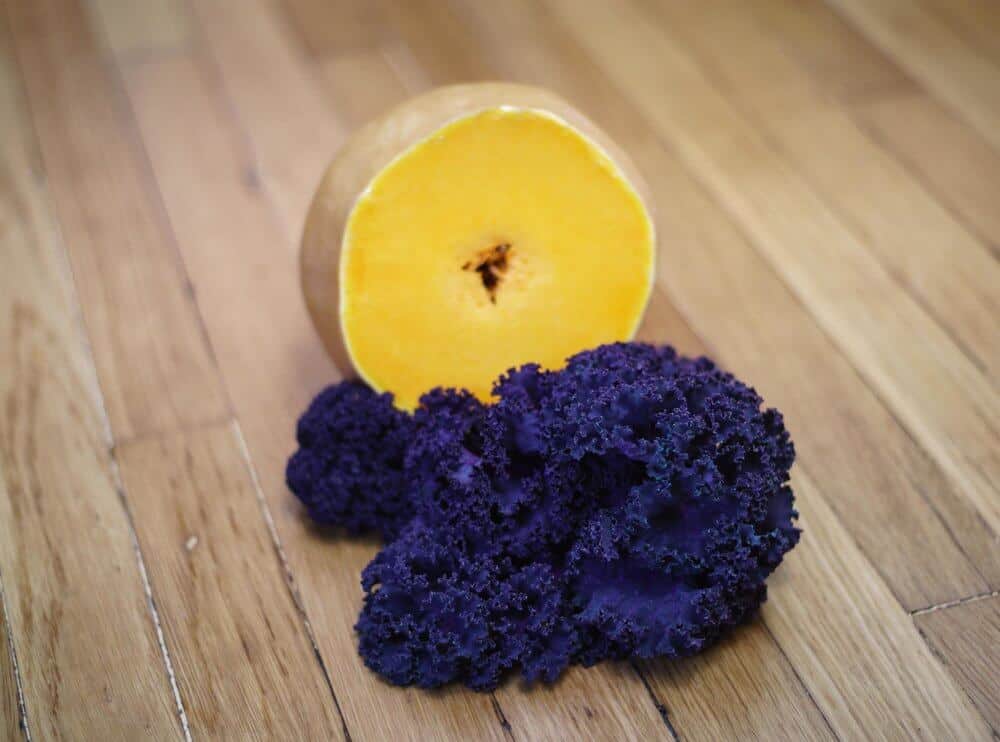

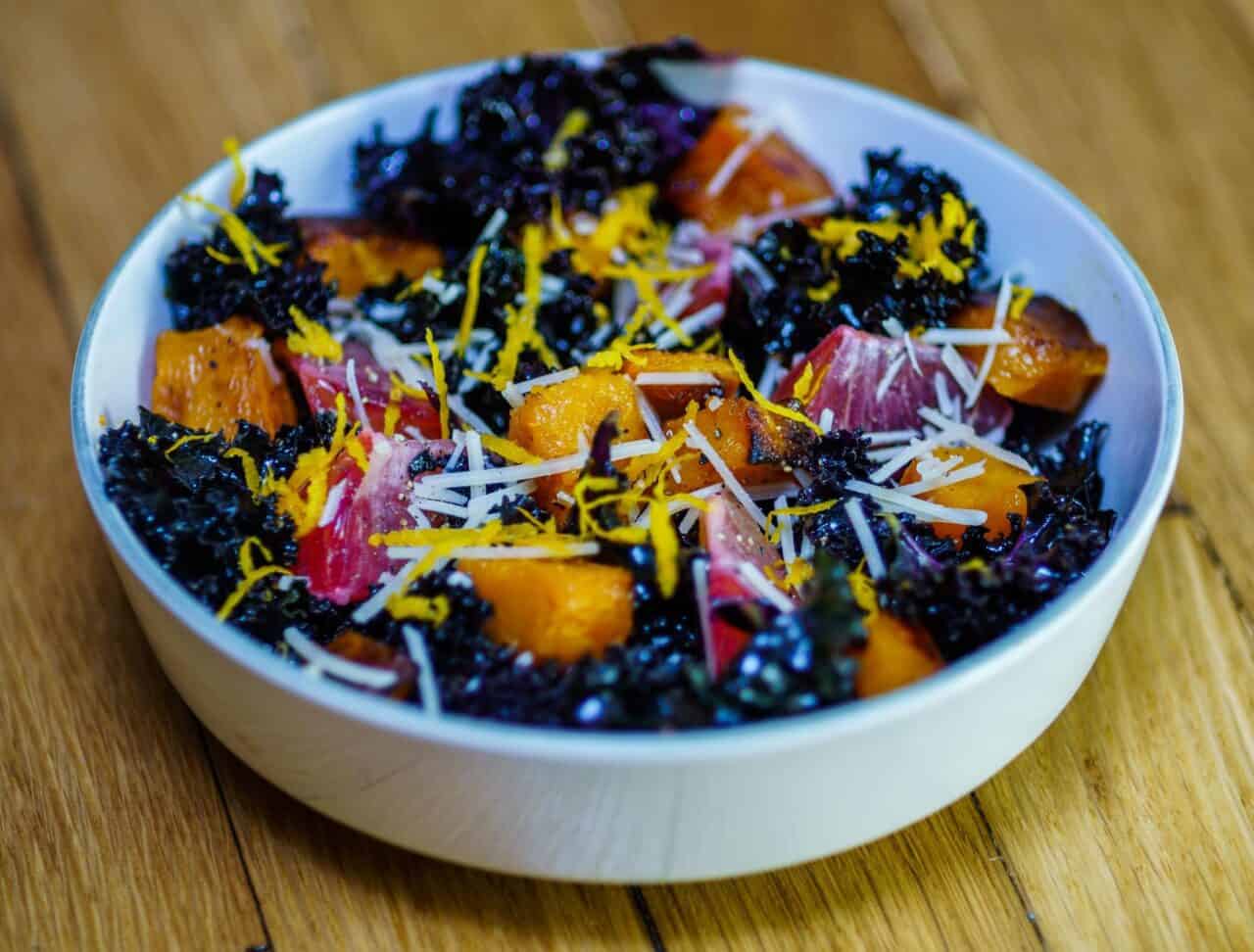
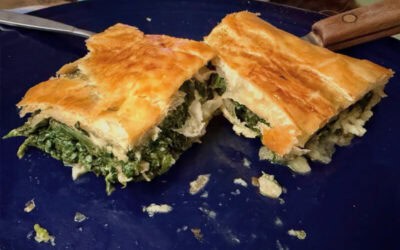
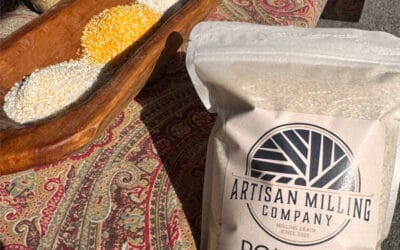
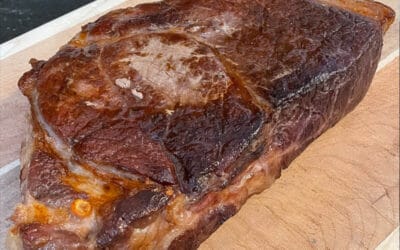
0 Comments